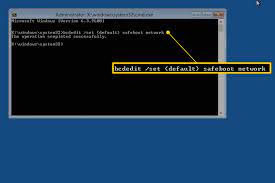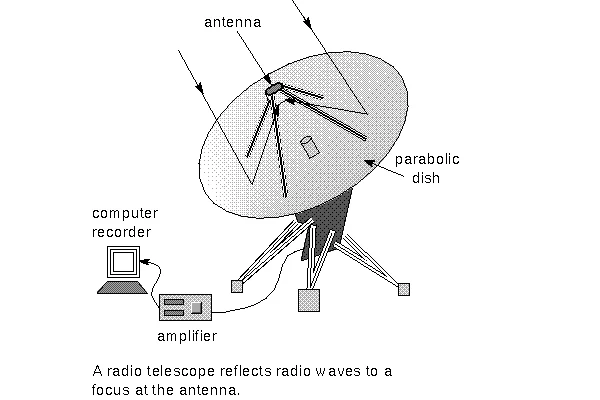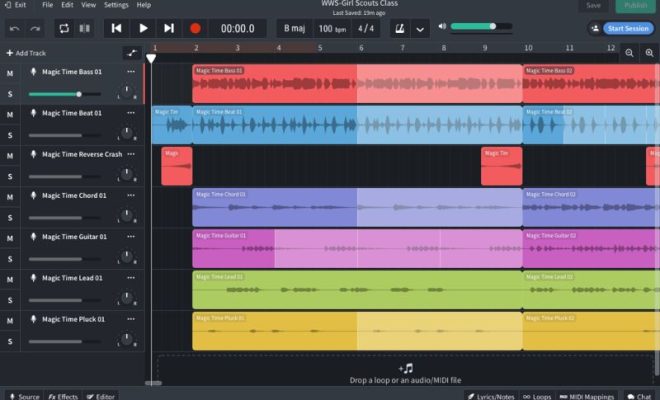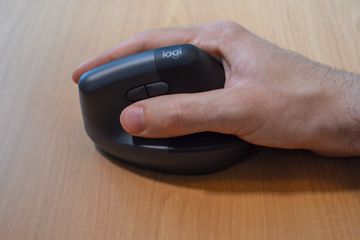Why Do ANC Headphones Hurt My Ears?

ANC headphones, also known as noise-canceling headphones, are known for their ability to reduce unwanted ambient noise and provide a more immersive listening experience. However, some users have reported experiencing ear pain or discomfort when using ANC headphones for extended periods of time. This phenomenon can be caused by a combination of factors related to the technology and the individual user.
One of the main causes of ear pain with ANC headphones is the pressure exerted by the headphones on the user’s ears. ANC headphones use active noise-canceling technology, which creates an opposing sound wave to cancel out ambient noise. This process involves using microphones to pick up sounds and then generating inverse sound waves to counteract them. The process of generating these sound waves can create a feeling of pressure in the ears, which can lead to discomfort or pain over time.
Another factor that can contribute to ear pain with ANC headphones is the fit of the ear cups. ANC headphones are designed to create a seal around the ear, which can further increase the pressure in the ear canal. Additionally, some users may find that the ear cups are too small or too large for their ears, leading to discomfort or pain.
Another potential cause of ear pain with ANC headphones is the volume level. When using noise-canceling headphones, it is often possible to listen at lower volumes and still hear the music clearly. However, some users may turn up the volume to compensate for the noise canceling effect, which can lead to ear fatigue and pain.
Finally, some users may have underlying ear or hearing conditions that make them more susceptible to ear pain with ANC headphones. Conditions such as tinnitus, hyperacusis, or ear infections can make it more difficult to tolerate high levels of sound, even with noise-canceling headphones.
If you experience ear pain or discomfort when using ANC headphones, there are several steps you can take to alleviate the issue. First, try adjusting the volume and ensuring that you are not listening at excessively high levels. Second, experiment with the fit of the ear cups to find a more comfortable position. Third, take frequent breaks to allow your ears to rest and recover. Finally, if the problem persists or is severe, consider consulting with a medical professional to rule out any underlying conditions.






